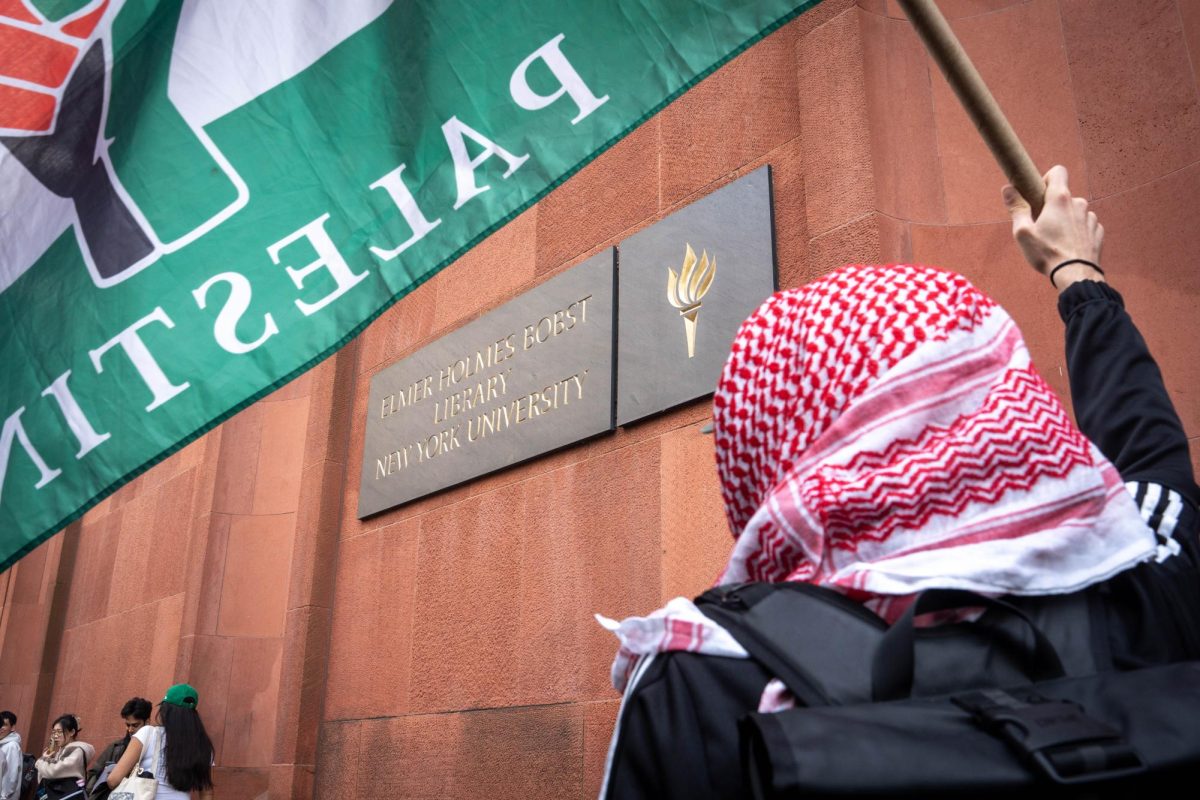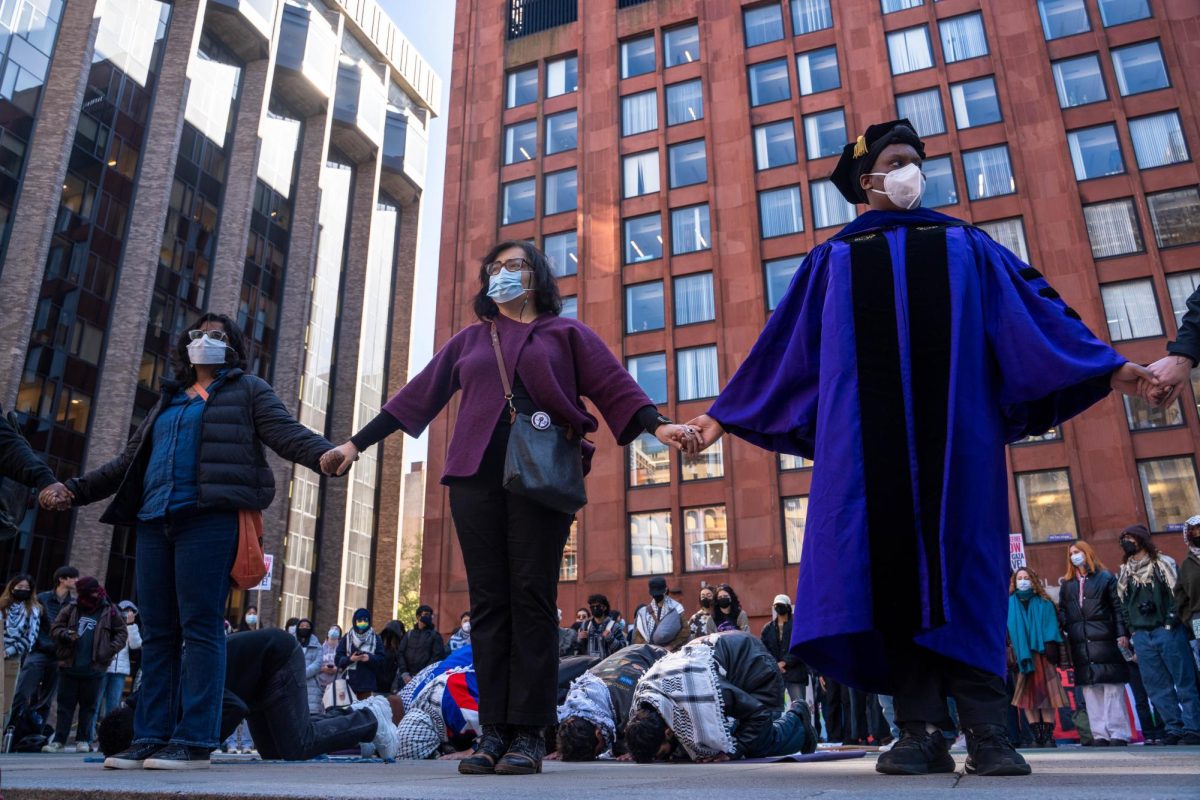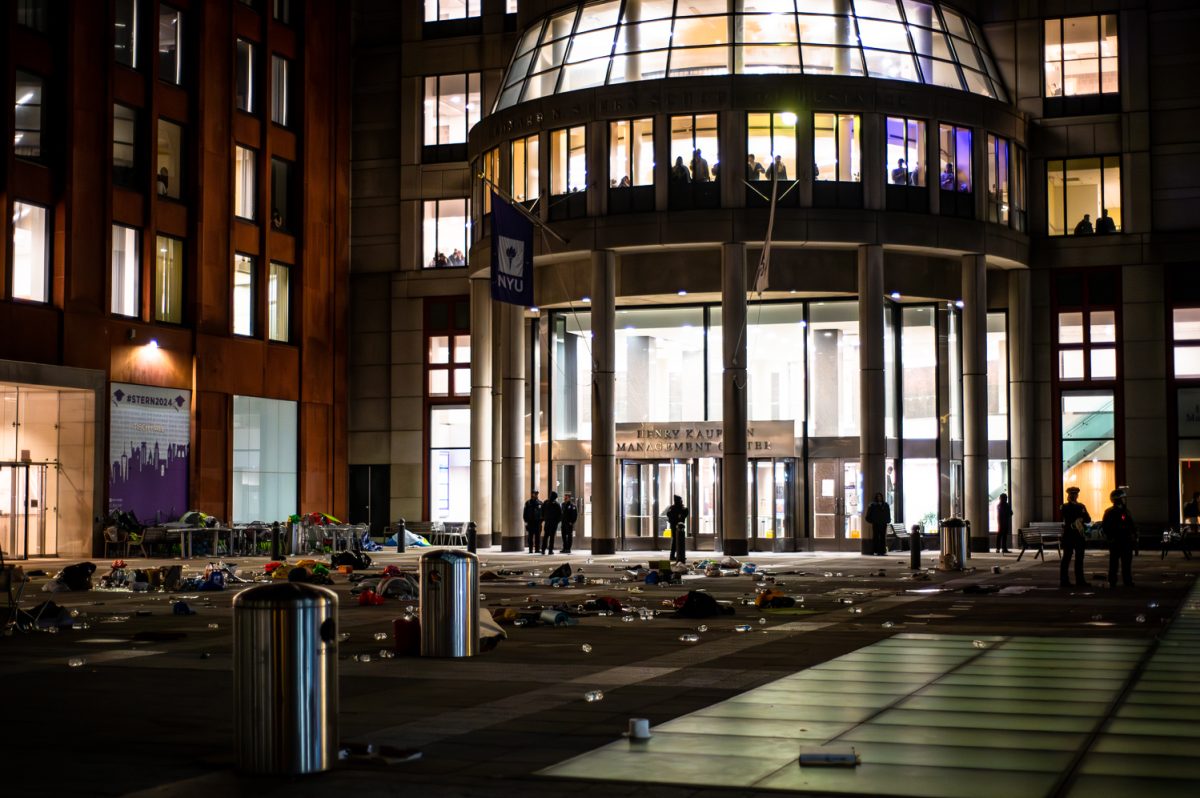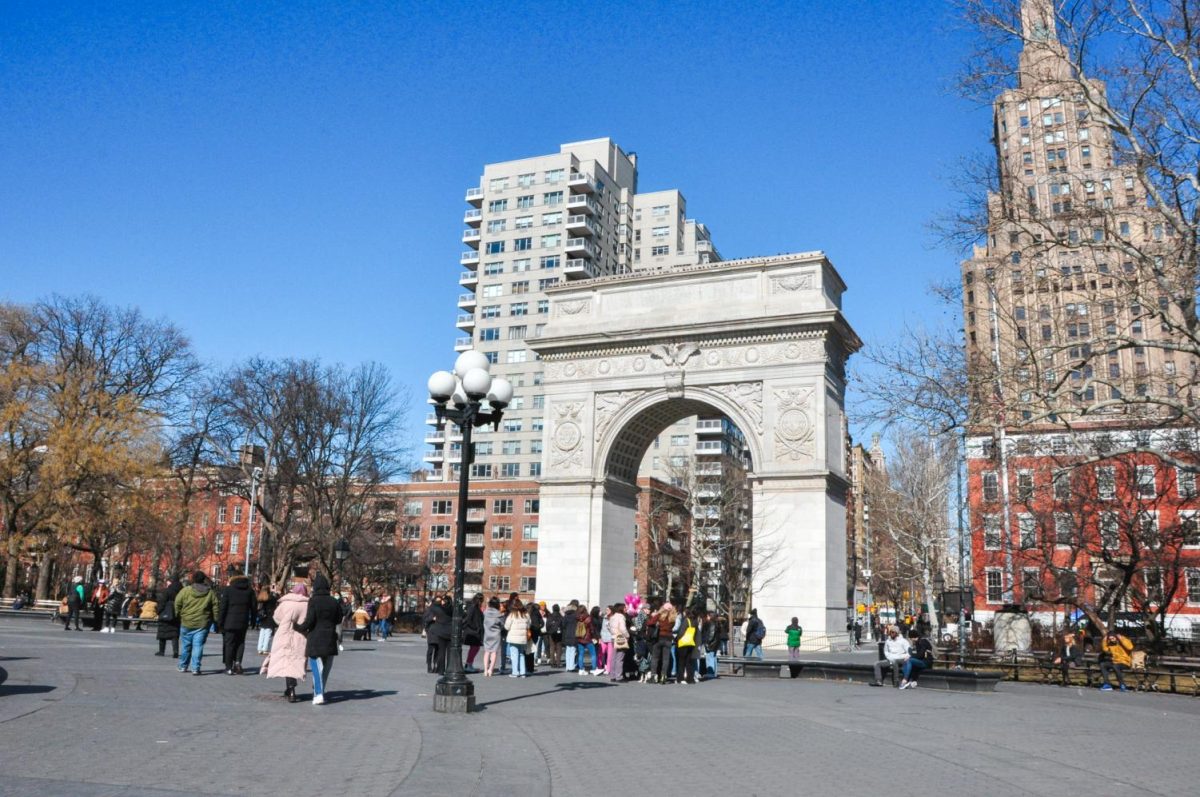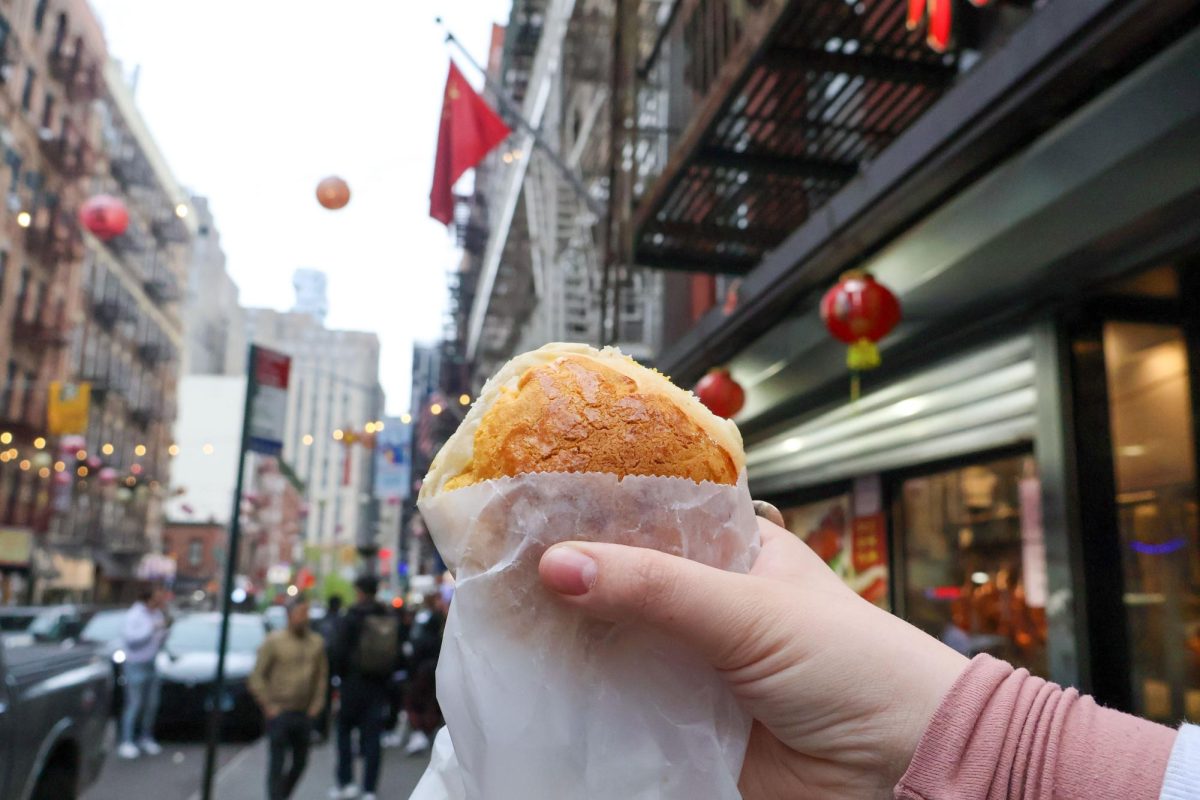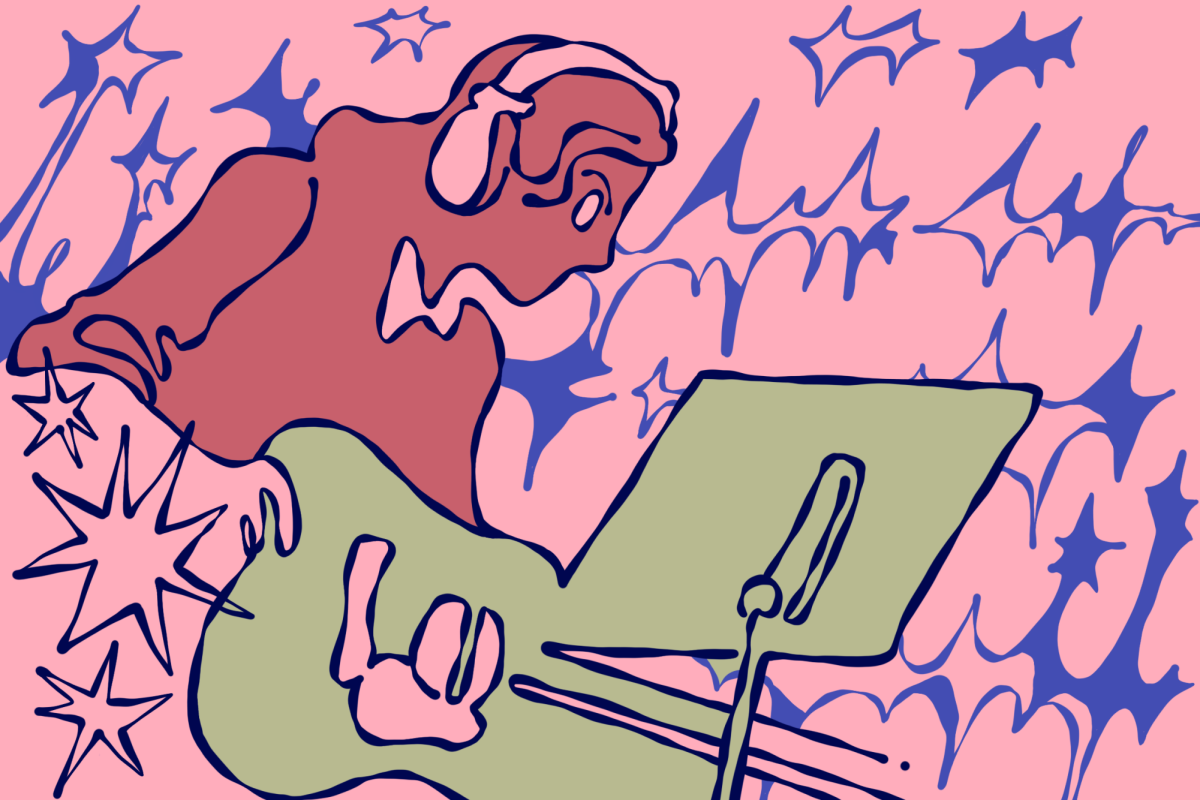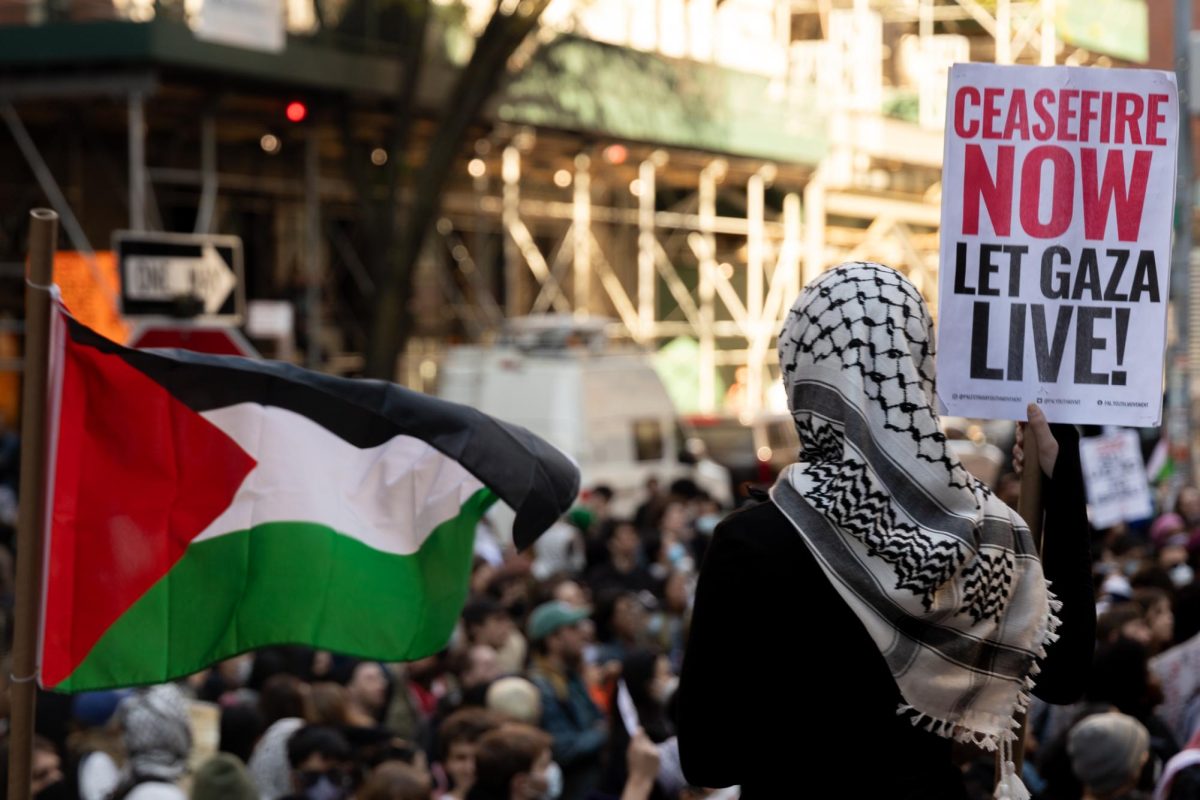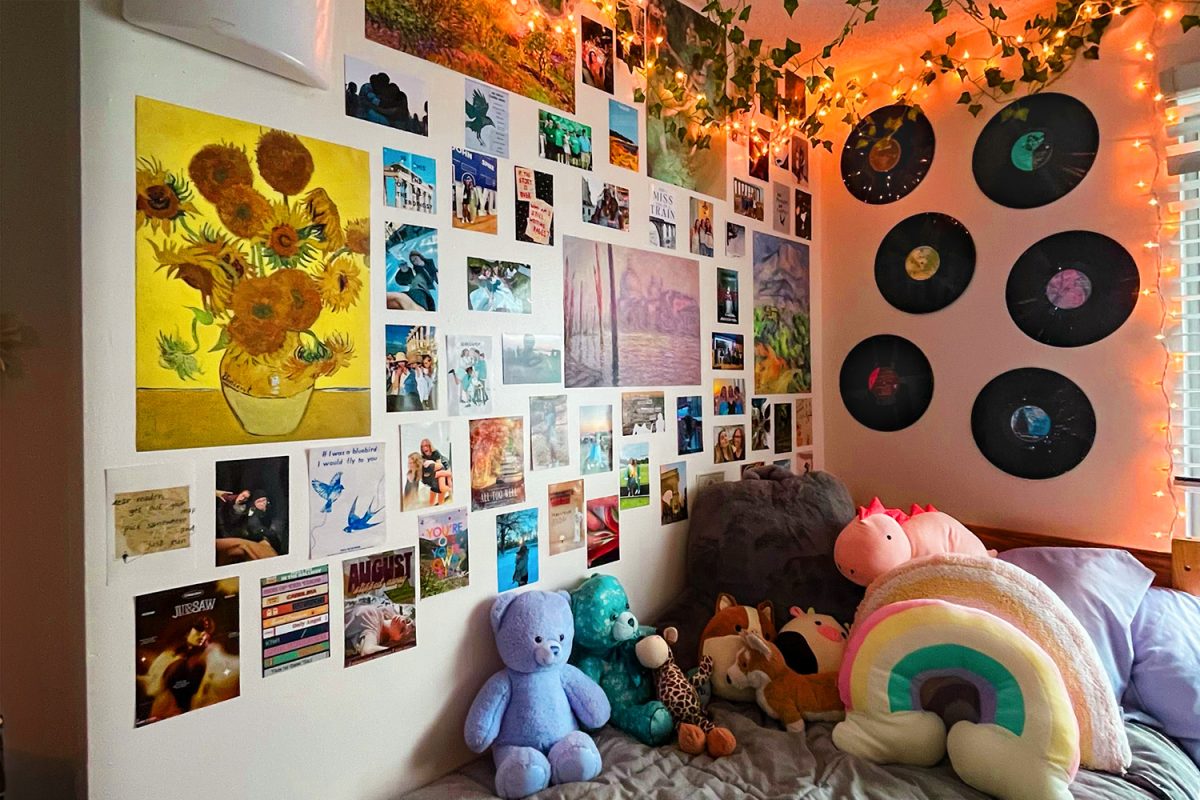Media coverage of Baltimore frustrating
April 28, 2015
The funeral of Freddie Gray, who died on April 19 — a week after sustaining injuries incurred by Baltimore police — triggered a wave of protests that climaxed on Monday. By Tuesday, Baltimore police had made over 250 arrests and the National Guard had put 1,700 troops in place to enforce order. Public schools were closed down, leaving thousands of students without a place to go and, for some, a hot meal. Yet peaceful protests have been held ever since Gray’s death. An estimated 10,000 peaceful marchers have been ignored by a media machine more devoted to pushing paranoia than to honest journalism. Coverage of the events surrounding the protest represent the misplaced priorities of people who care more about a car on fire than a community imperiled by the police.
Protesters have rightly complained that major media sources barely covered any marches prior to the riots, even though protests began on April 18 The focus on the violent acts understandably extended to nearly every news source the night of the riots, but many remained focused on the then-fading violence of the next morning, while thousands of residents organized cleanup crews and gang members stood with the Baltimore City Council to speak against the violence. Yet as of press time, Fox News’ homepage reads “Uneasy Peace: Social media buzz points to more violence in Baltimore” and the MSNBC headline story begins with “Tense Town.” Few stories point out that city organizers are attempting to shift the dynamic on social media — with nearly 100,000 tweets, #BaltimoreUprising is now the top hashtag on Twitter instead of the #BaltimoreRiots that originally trended.
The political response has also been disappointing. Both President Obama and Baltimore Mayor Stephanie Rawlings-Blake used the racially charged term “thug” to describe the looters and rioters. Beyond that, the president gave a nuanced observation on how the violence drowns out the protesters attempting to voice their opinions legally, saying “one burning building will be looped on television over and over and over again, and the thousands of demonstrators who did it the right way have been lost in the discussion.” The media coverage for the peaceful protests paled in comparison to the coverage for the riots, likely due to reporters pandering to the typical cable news viewer who is more interested in violence than a discussion on race relations.
The media confined this conversation to examining the actions of an irrational few rather than opening a discourse desperately needed by many. Protesters’ anger comes from a place of hurt and fear, both for their community and their very lives. Until the media is willing to set aside the sensationalism and address this fear, the United States will not have an honest modern discourse on police prejudice.
A version of this article appeared in the Wednesday, April 29 print edition. Email the Editorial Board at [email protected].

